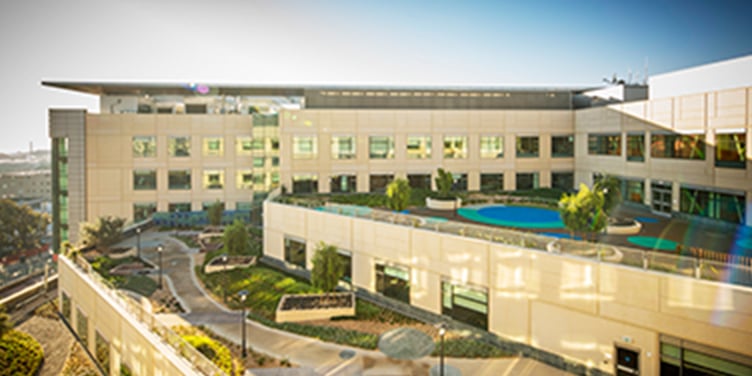
Renal Denervation
Renal denervation is a minimally invasive procedure approved by the Food and Drug Administration to treat resistant hypertension, or high blood pressure that hasn't responded well to lifestyle changes and multiple medications. (Renal means related to the kidneys; denervation is removing the nerve supply to an area.) High blood pressure (hypertension) increases the risk of heart attacks, strokes and other serious health problems. Managing it effectively is essential for long-term health.
How it works
The kidneys – and the nerves surrounding them – play an important role in regulating blood pressure. In some people, these nerves become overactive, contributing to hypertension. Renal denervation works by calming these overactive nerves.
Who might benefit
About 1 in 5 people with high blood pressure has the resistant form. These patients have typically tried multiple medications at their highest doses without achieving optimal management of their condition. For some of them, renal denervation may be a good treatment option.
The procedure
Renal denervation is performed by an interventional cardiologist in a hospital setting. It is typically done under light sedation – patients are awake but relaxed and comfortable. General anesthesia is not required. During the procedure, a catheter (small, flexible tube) is inserted through a blood vessel in the groin and guided to the arteries that supply blood to the kidneys. Once it's in place, the doctor delivers energy (such as radiofrequency or ultrasound) through the catheter to reduce nerve activity. The treatment is performed on both the left and right renal arteries before the catheter is removed. This is usually a onetime treatment, and most patients don't need to stay in the hospital overnight.
Safety and recovery
Renal denervation has been shown to be safe; complications are rare. Most patients are able to return to their normal activities within a few days.
What to expect afterward
Patients may have follow-up appointments with the doctor who performed the procedure as well as the doctor who monitors their blood pressure.
After the treatment, patients typically need to continue medication and healthy lifestyle habits to keep their blood pressure in a normal range. Healthy habits that can help control blood pressure include exercising, eating well and not smoking. Some patients may eventually be able to reduce the number or dose of medications they take.
UCSF Health medical specialists have reviewed this information. It is for educational purposes only and is not intended to replace the advice of your doctor or other health care provider. We encourage you to discuss any questions or concerns you may have with your provider.







